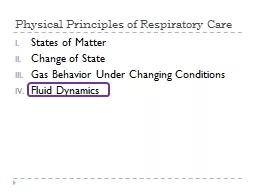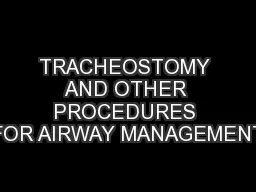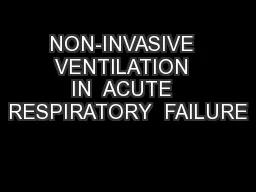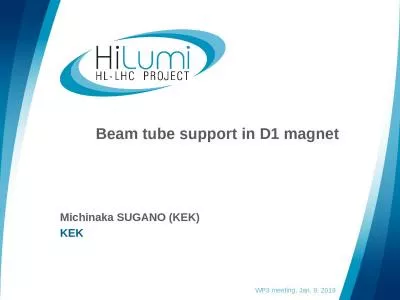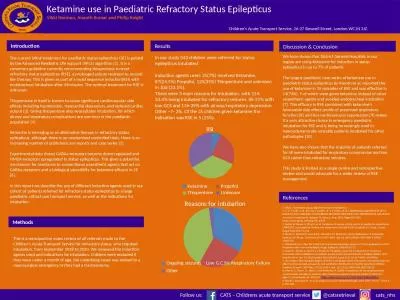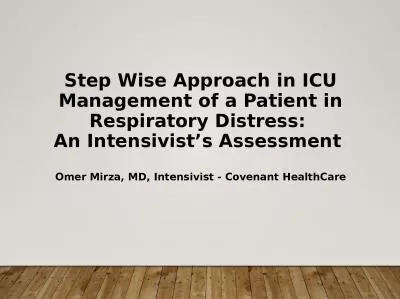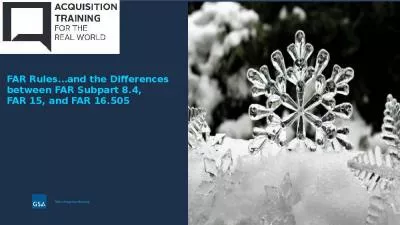PPT-An ET tube to far… Respiratory support in non-intubated child with respiratory failure
Author : paisley | Published Date : 2022-06-15
PEM ECHO Conference Series February 14 th 2019 Ric Pierce Assistant Professor or Pediatrics Yale School of Medicine Section of Pediatric Critical Care Medicine Disclosures
Presentation Embed Code
Download Presentation
Download Presentation The PPT/PDF document "An ET tube to far… Respiratory support..." is the property of its rightful owner. Permission is granted to download and print the materials on this website for personal, non-commercial use only, and to display it on your personal computer provided you do not modify the materials and that you retain all copyright notices contained in the materials. By downloading content from our website, you accept the terms of this agreement.
An ET tube to far… Respiratory support in non-intubated child with respiratory failure: Transcript
Download Rules Of Document
"An ET tube to far… Respiratory support in non-intubated child with respiratory failure"The content belongs to its owner. You may download and print it for personal use, without modification, and keep all copyright notices. By downloading, you agree to these terms.
Related Documents


